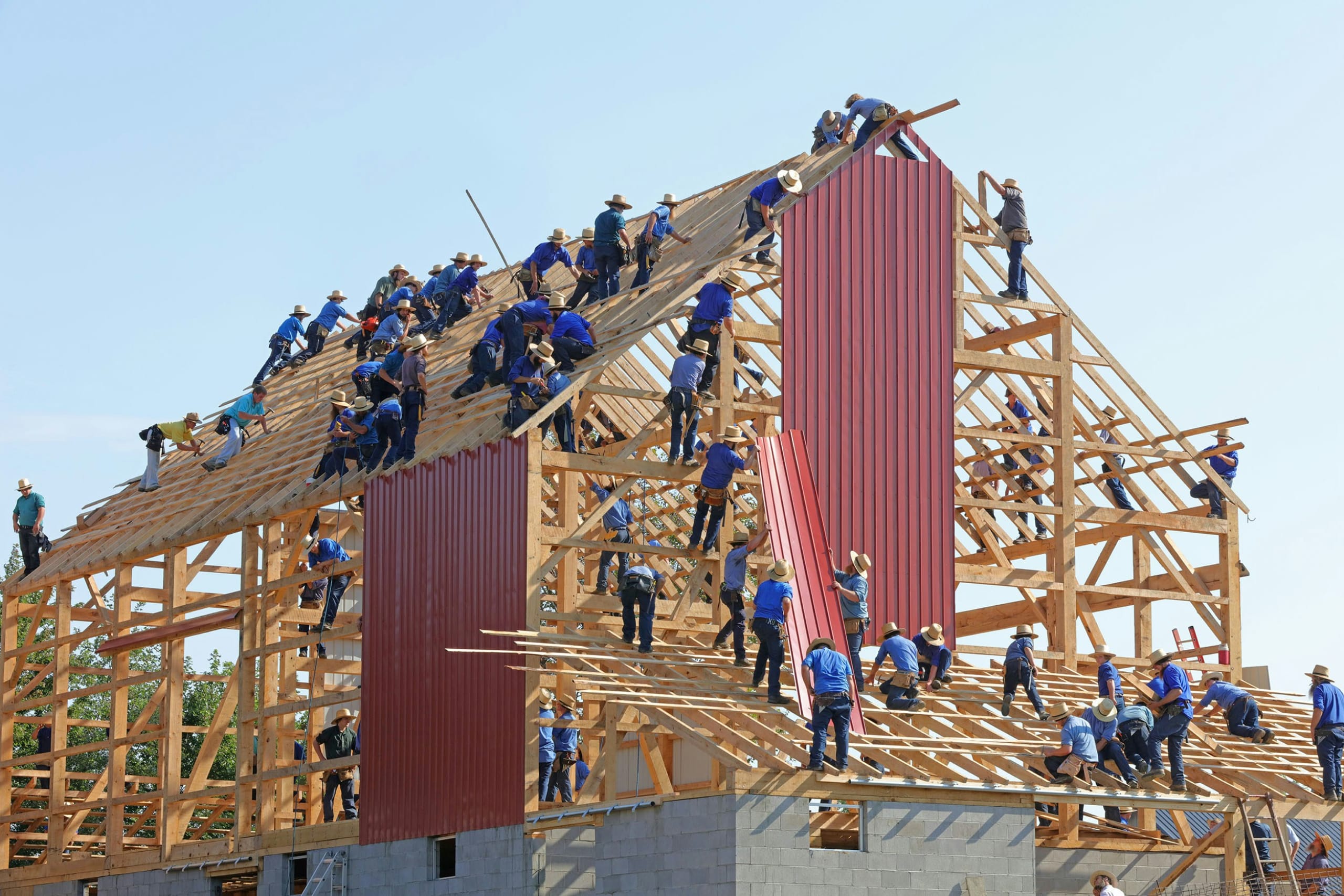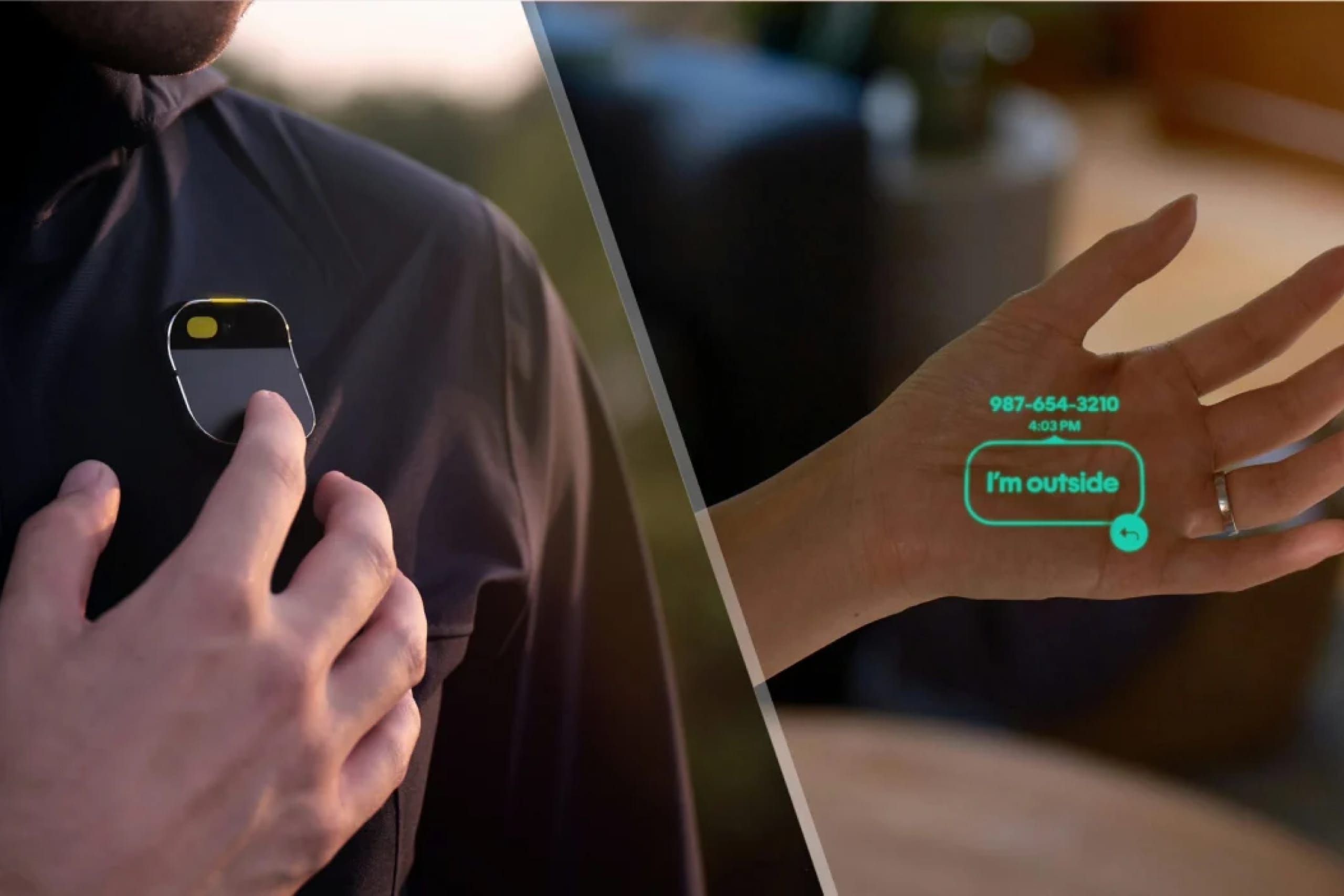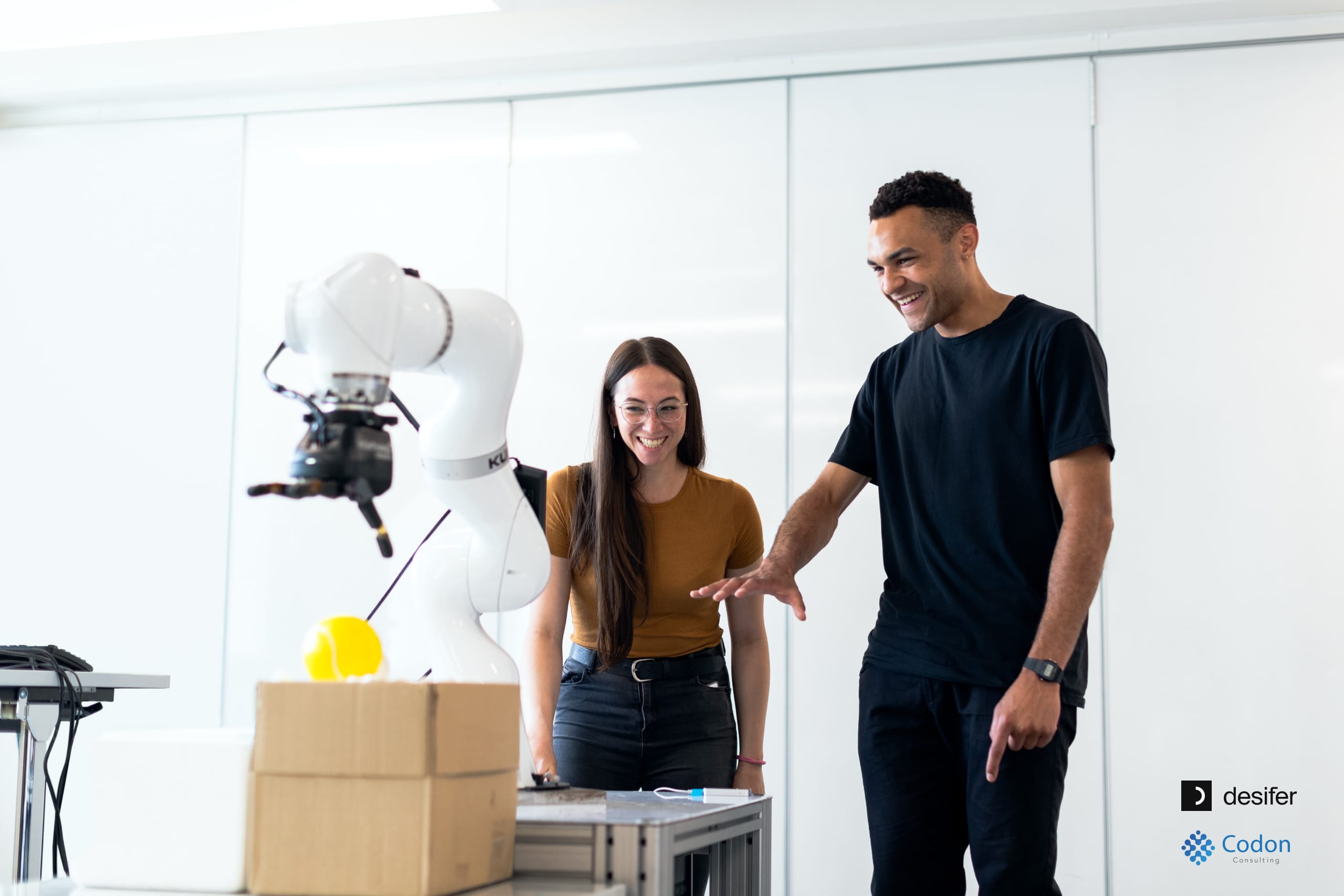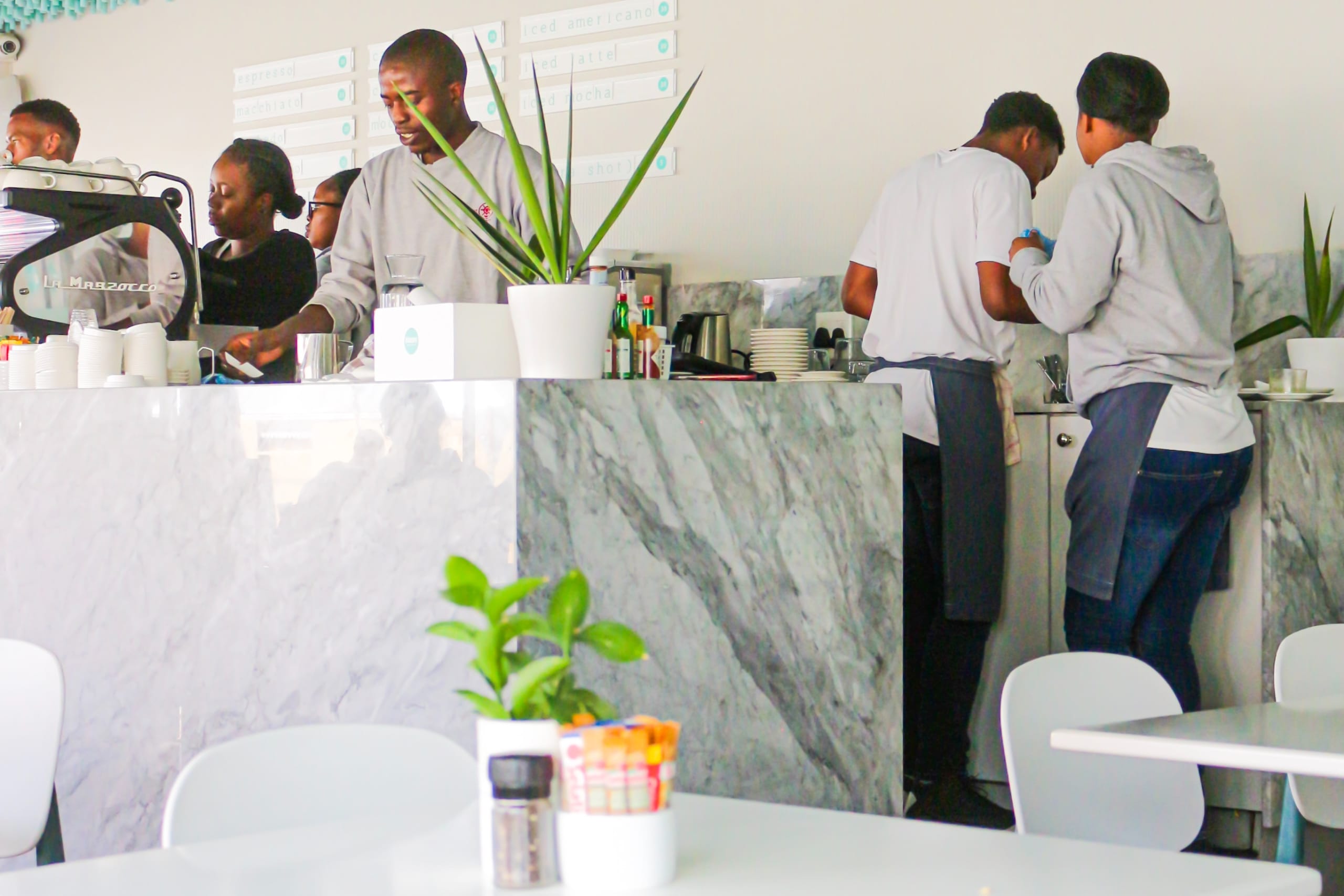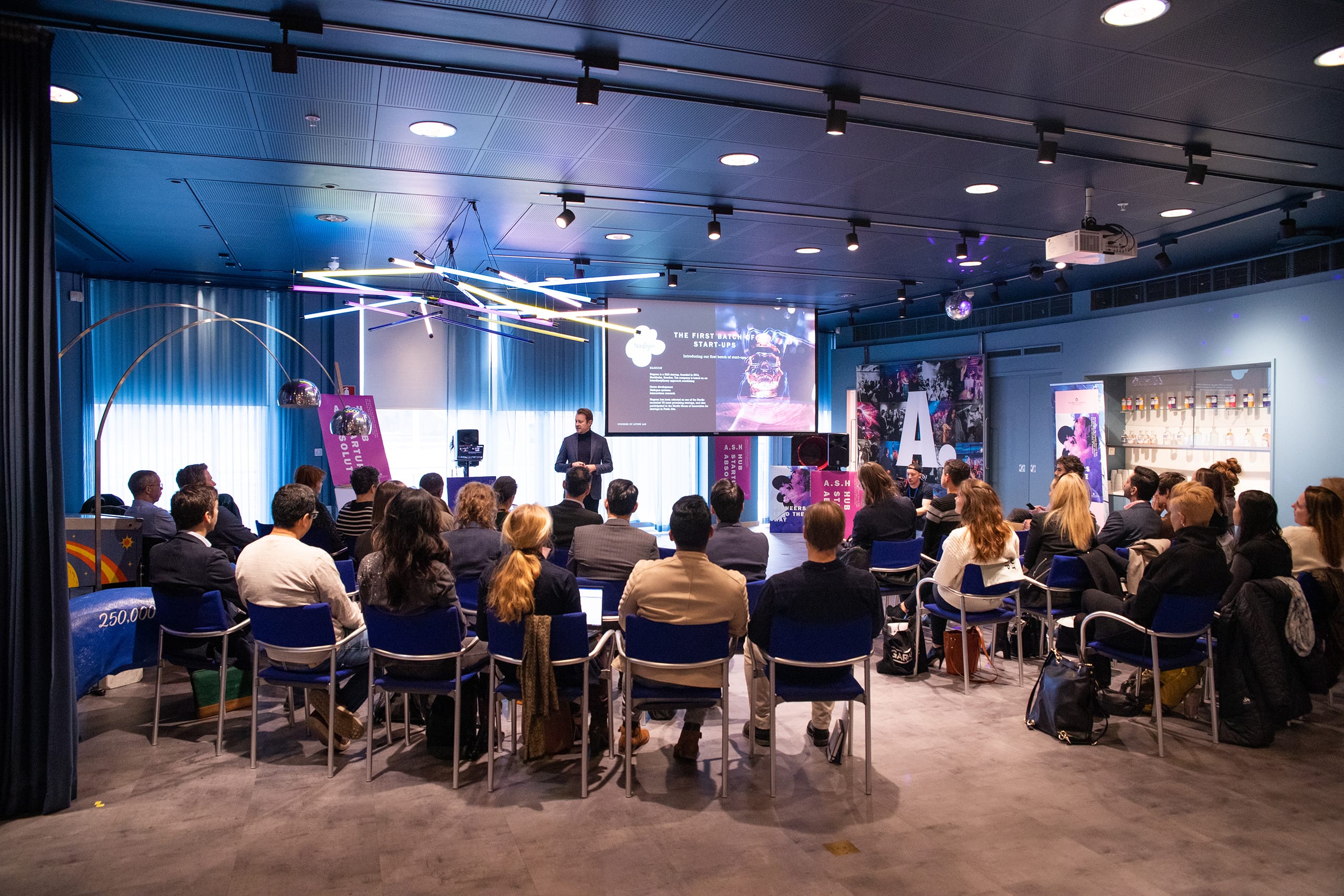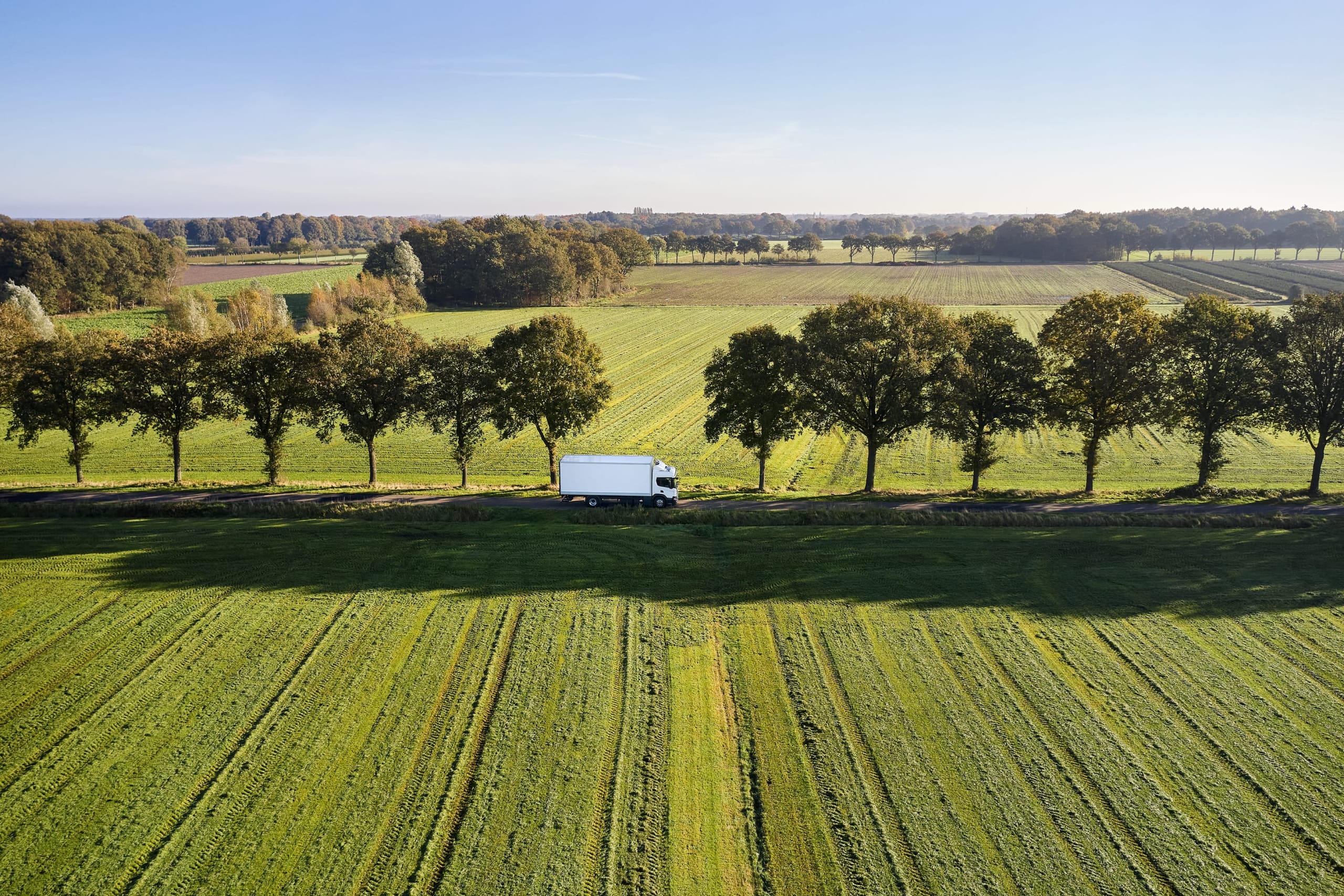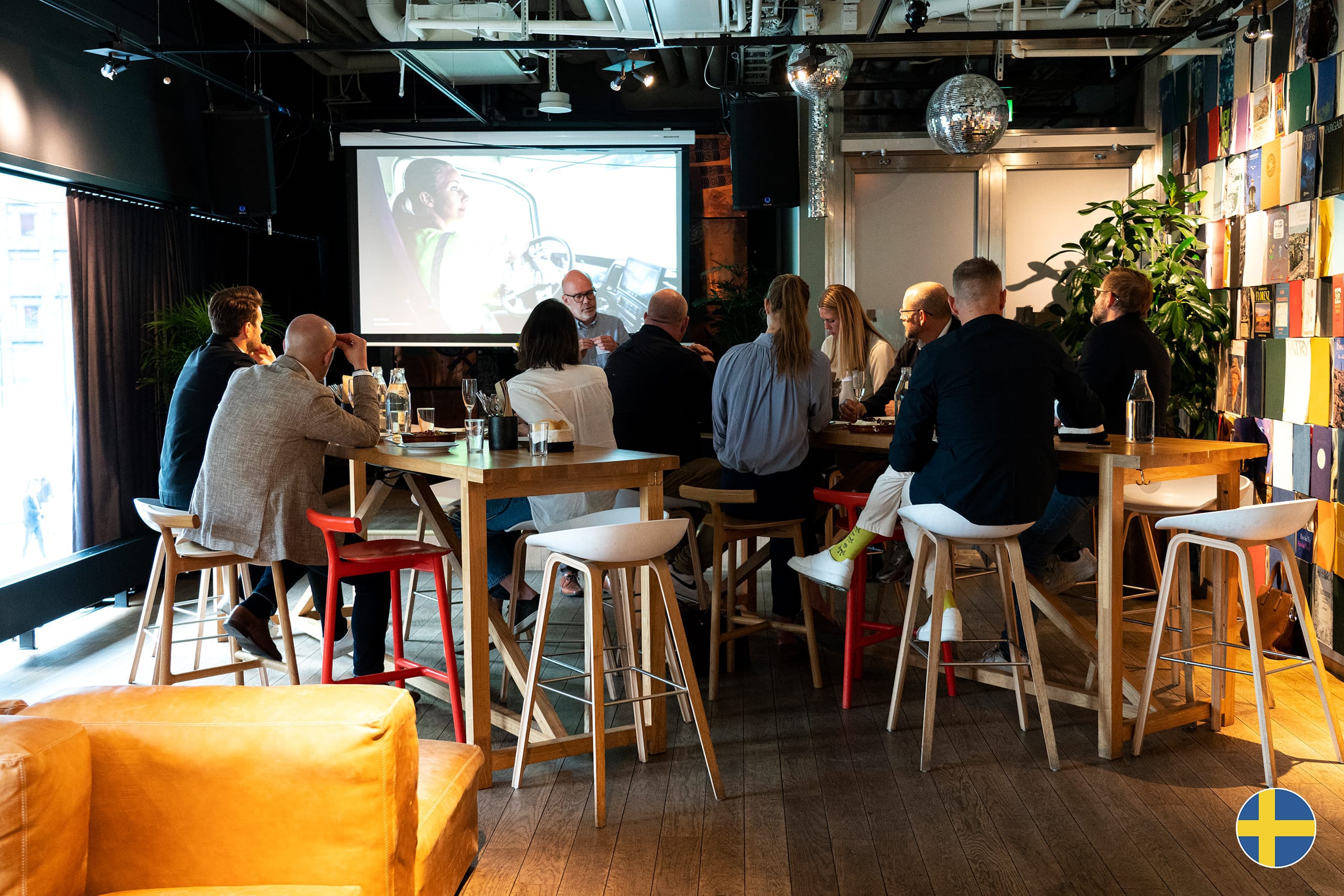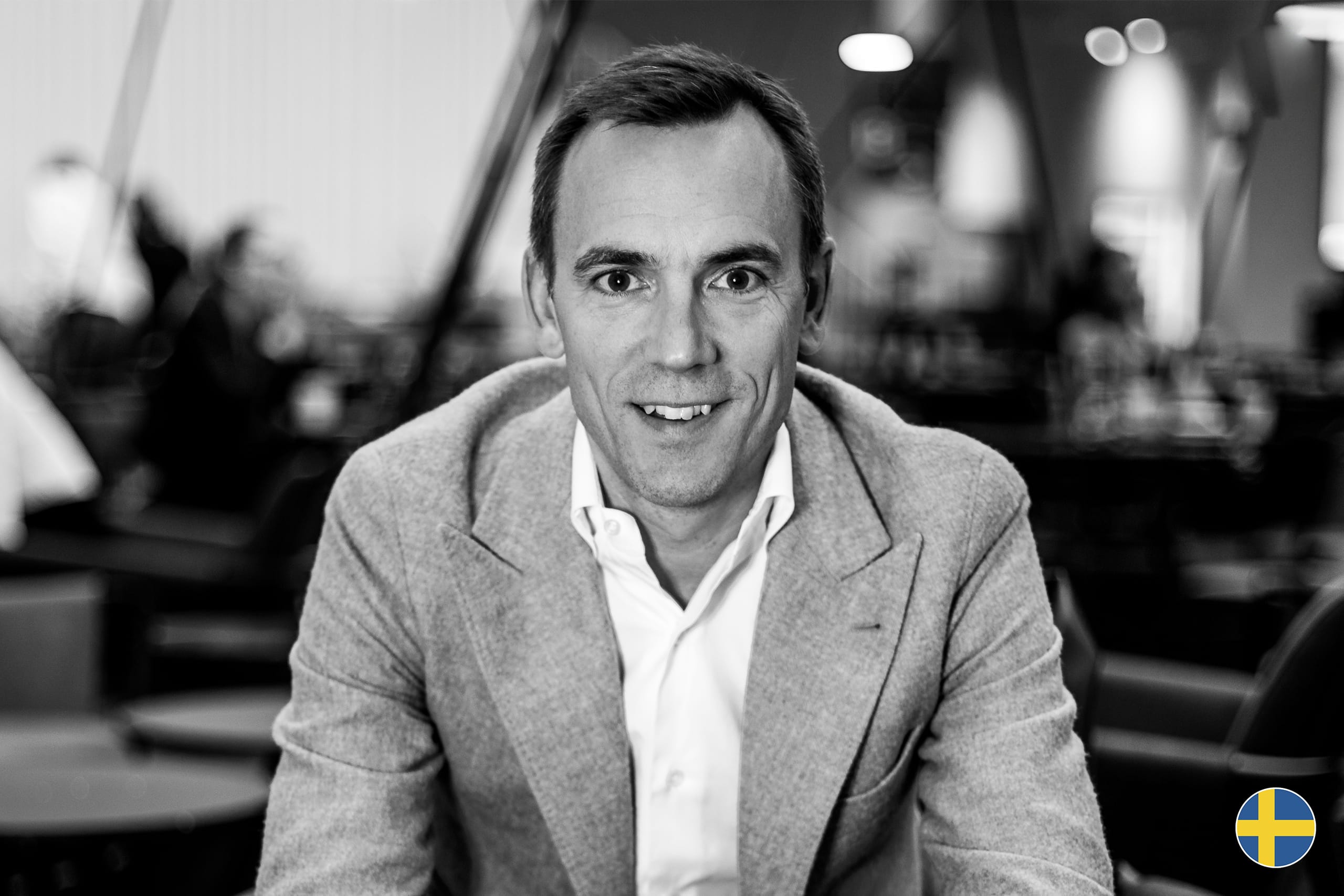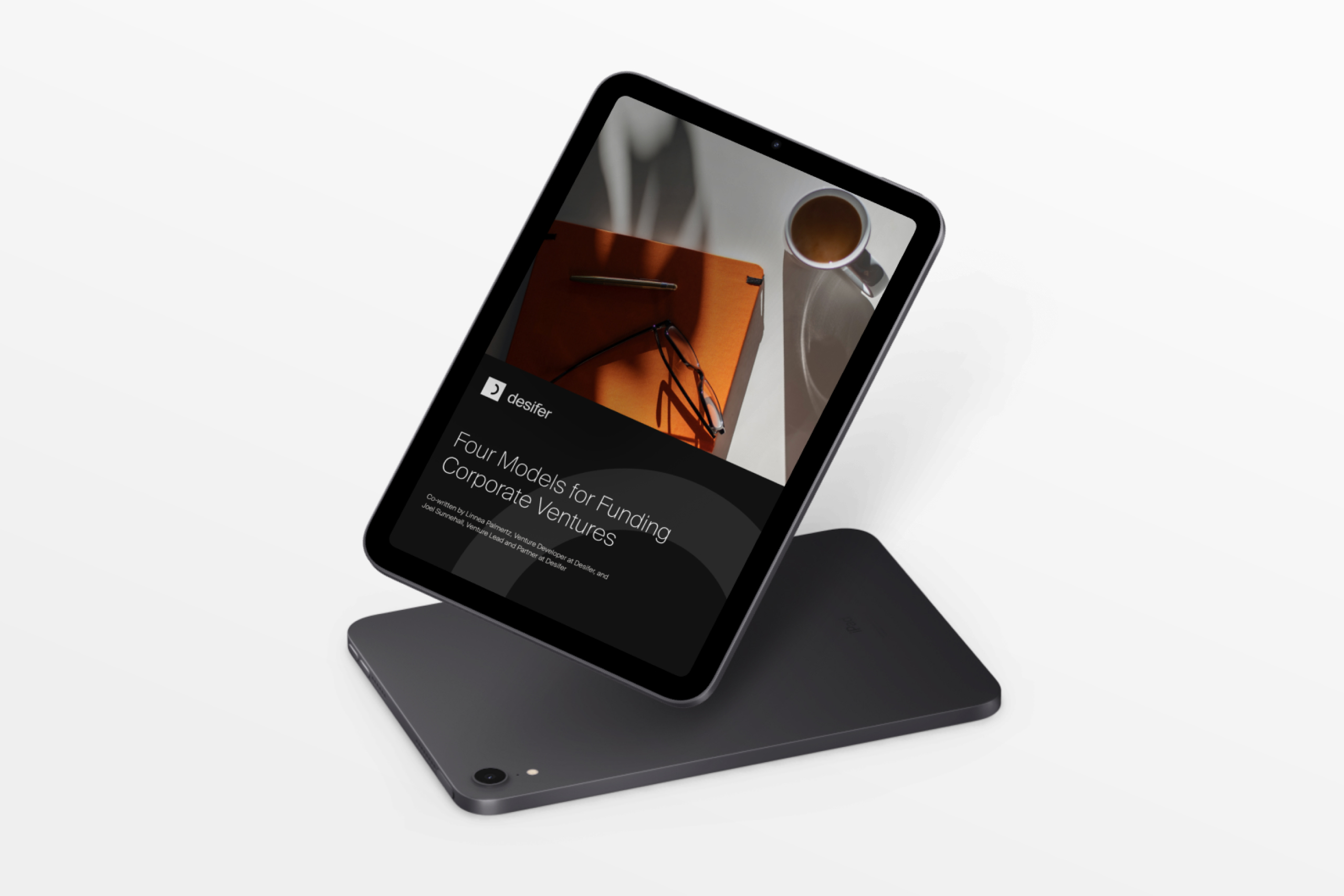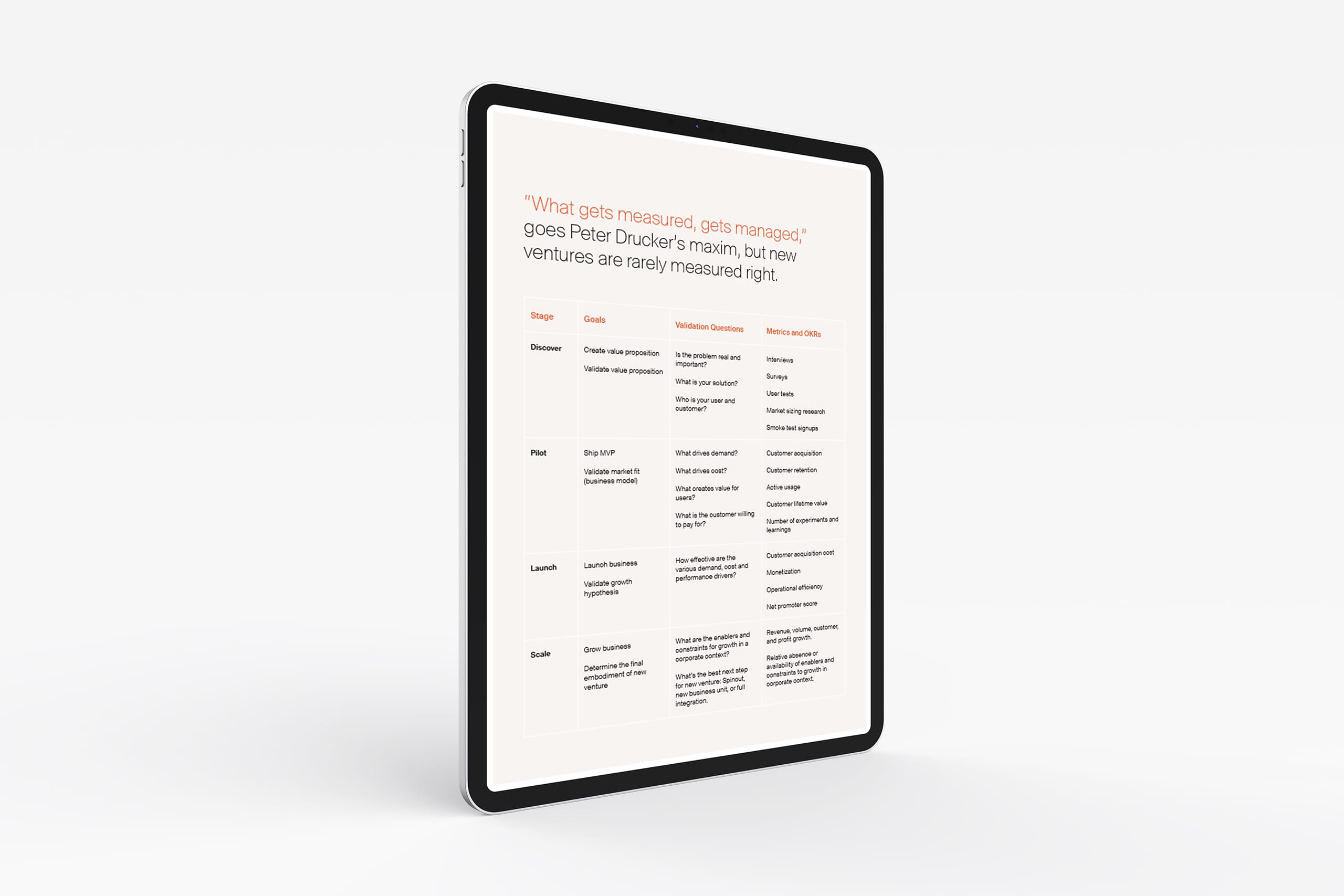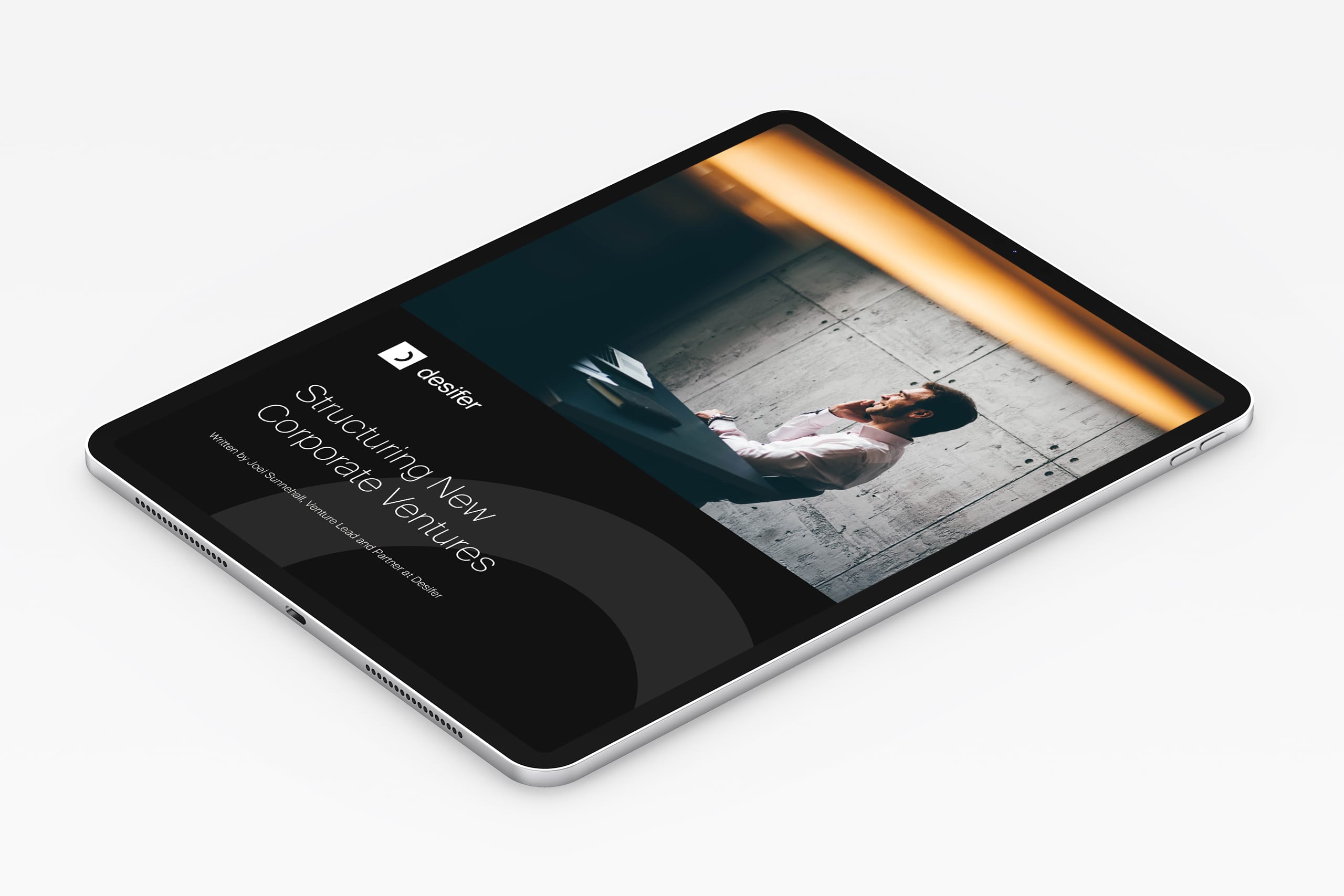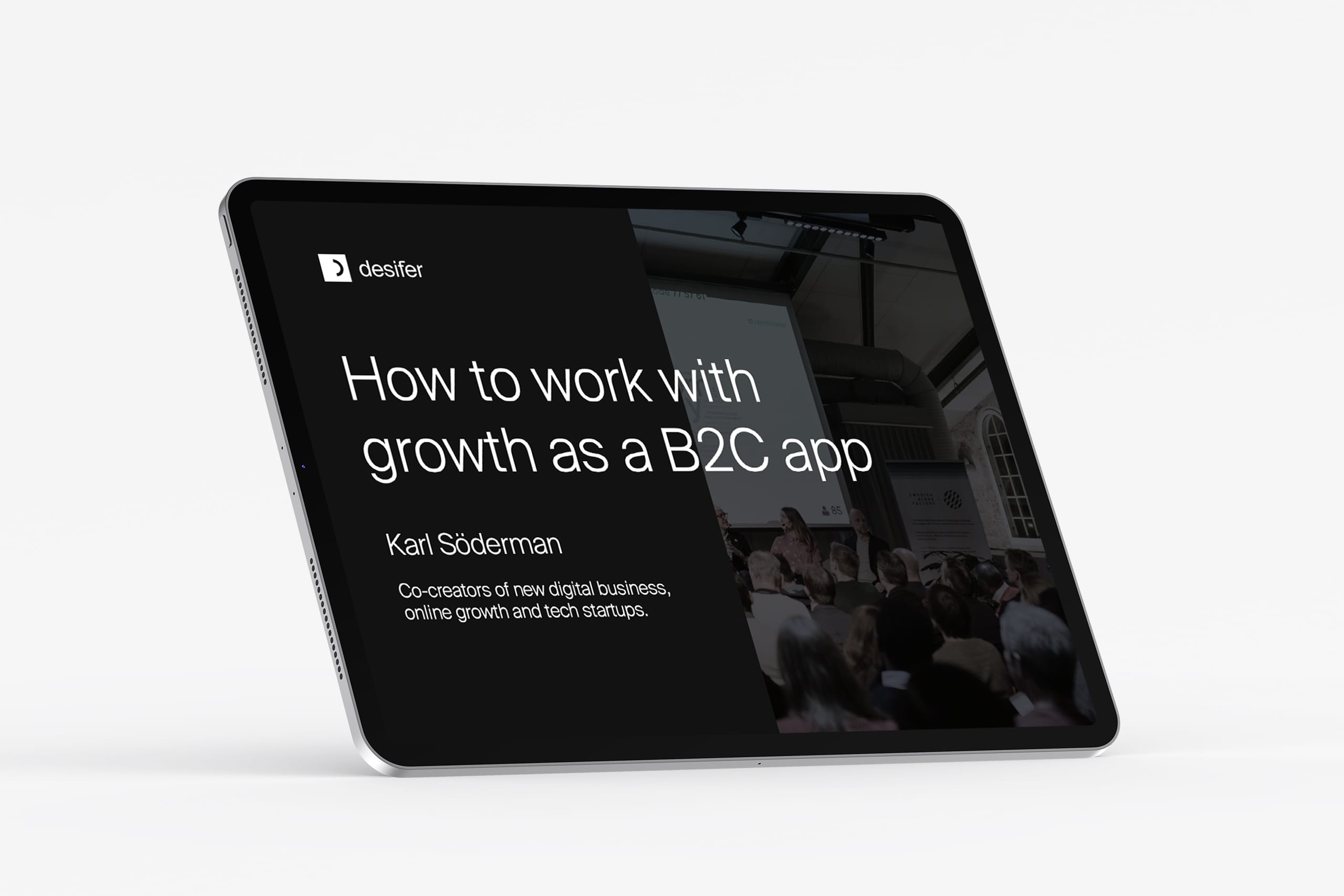Strategy
Written by Linnea Palmertz
August 22, 2023
Turning disruption into strategy: How Sodexo leverages data, startups and agility to drive innovation
Tell us about yourself and what you do at Sodexo.
My name is Henrik and I am responsible for developing and implementing the corporate strategy for Sodexo’s operations in Europe. Which is quite a significant affair. Sodexo is the world’s 18th largest organization with operations across the globe offering services within catering, facilities management, employee benefits and household services. In Europe alone, we are present in 16 countries where I work with the CEOs of every country to make sure that they have a country strategy that works well for their markets and their clients. Parallel to that, I also have to make sure that these regional strategies are aligned with our global strategy.
How would you describe Sodexo’s approach to innovation and new business ideas?
For me and my team, strategy and innovation become parallel. We constantly analyze the different sectors, clients, and markets for our broad range of products and services. Only when we have the data, do we develop the strategies. No strategy before data. Throughout this process, we often discover client needs we are not meeting or processes that can be streamlined, and that’s when innovation comes into the picture. Either we act on it ourselves, but more often we do innovation through startup collaboration.
Five years ago we founded an accelerator as a means to bring innovation and value to our clients at a faster pace. Being such a large organization as Sodexo, you can imagine that it takes time to bring new innovations to market. We knew that we would never be able to move as fast as a startup, so therefore we decided to create a space where we could collaborate with them instead.
I like to call it the most friendly startup accelerator ever. We never take a stake or invest in the startups. Our primary goal is to provide a global marketplace where the selected startups can test their ideas in our markets, with our clients. We share information and market insight with each other, Sodexo mentors provide coaching, and sometimes the startups might need to pivot to work with us – but what they decide to do is always entirely up to them. Essentially, it is deep collaboration on really friendly terms.
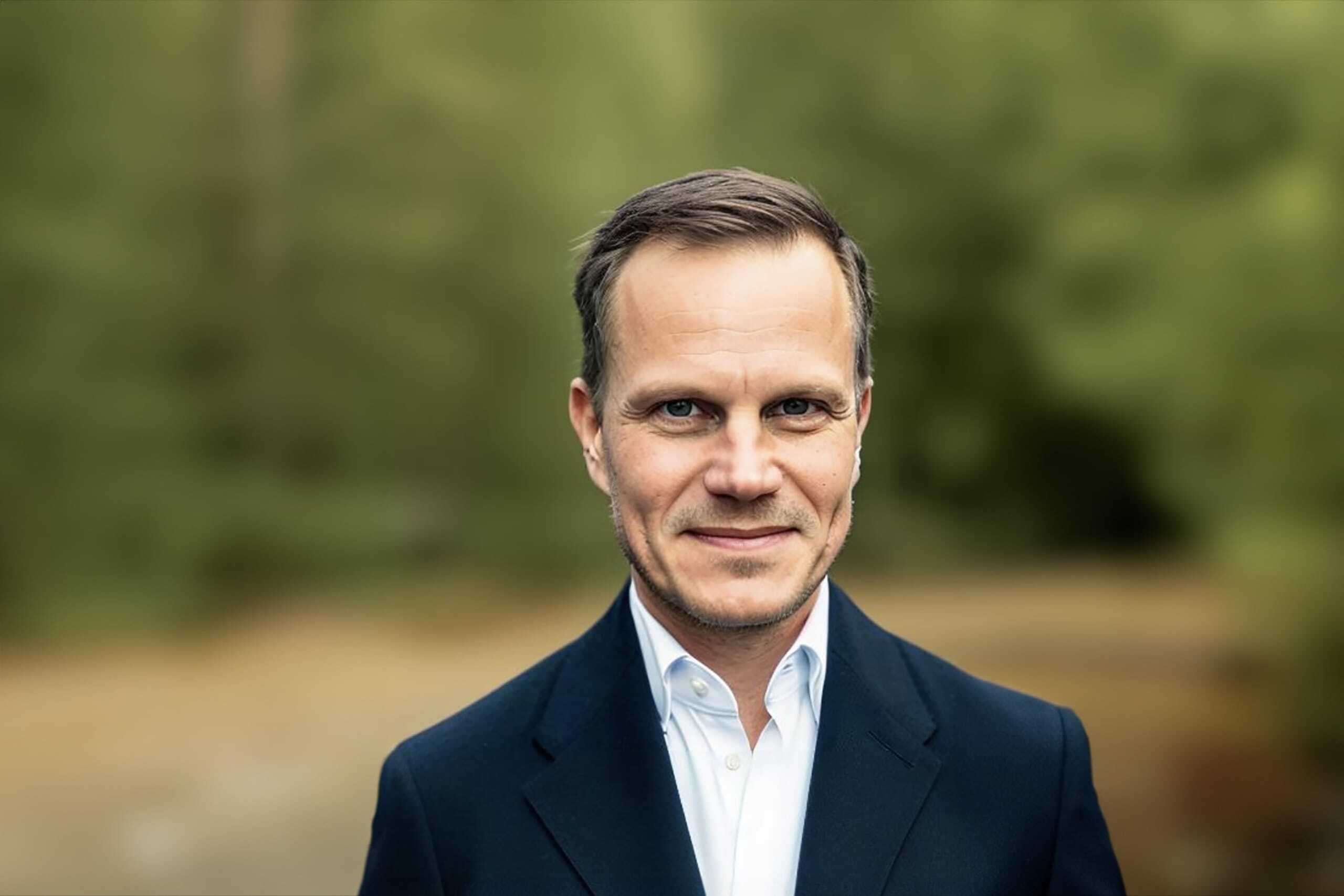
Henrik Jarleskog, Head of Strategy Continental Europe at Sodexo.
Has this approach changed anything given the current economic climate? How do you maintain momentum in your long-term strategy in times of difficulty?
Leading a large organization in a continuous crisis inevitably changes everything. For the past three-four years, that is what we have been doing. First, it was the pandemic and then the energy crisis (which strongly impacts our business), and now the economical environment. This has required us to keep a finger on the pulse on our margins and find alternative ways to grow in new environments.
Historically, our business model has been quite transactional. We provide a service and get paid for it either by frequency (e.g. how often we clean an office space) or by the amount of people utilizing the service (e.g. how many guests that ate in a restaurant). As the pandemic broke out, and along with it the hybrid work movement, we realized that we had to shift towards a more flexible business model. Sodexo’s business builds on people actually being in the office, in the restaurant, or doing anything in buildings, and without people; revenue drops.
Take cleaning offices, which is a highly transactional business model, as an example. Even now after the pandemic, many companies have continued to adopt a hybrid work setup, which means that some days there are a lot of people in the office, demanding a lot of cleaning, and other days there are fewer. Together with a startup from our accelerator, we embarked on a new venture that we call dynamic cleaning, in which we put up sensors around the offices that measure how the space is being utilized in real time. This way we can see when and where cleaning is needed, which helps us optimize operations and cut costs dramatically.
Constantly going through change and crises is the new normal and I believe it requires us to be more swift in leading companies. For Sodexo, the way forward is definitely to embark on new ventures with exciting startups from around the world.
What other interesting startups have you had in your accelerator so far?
We have 17 Alumni startups in our accelerator. As a result of our strong values to be sustainable and take corporate responsibility, all selected startups have been some form of impact startup set out to change the world. Oftentimes, there are the sustainable companies and innovations that bring real value to our clients and the market.
One example of a great collaboration we have had through the program is with the Swedish startup Klimato. At Sodexo we wanted to nudge our clients’ employees to make more green choices, and thereby, provide a healthier lifestyle, and less waste and less impact on the environment. What is then the easiest way to accomplish that? For us, the answer was collaborating with a startup that calculates the carbon footprint of a given dish and provides climate labels to inform consumers of the environmental impact of the food they choose. We could offer our clients a simple but effective way to lower their carbon footprint and Klimato could test their solution in a real setting, on a large scale.
Sodexo is a large and global organization with over 400.000 employees. What are the most difficult aspects of working with long-term strategy (and innovation) in an enterprise of this size?
One of the biggest challenges of driving innovation in a global organization is the not-invented-here syndrome. Corporate venturing is a great strategy that allows large organizations to innovate fast and effectively, however, in order to truly maximize all the advantages, we must learn how to venture on a more local level. We need local startup collaborations and local venture building. Because the real experts, with deep market insight and understanding of their customers’ needs, are those who are present in the local markets. By integrating the local aspect, we will hit the right value with the right innovation, creating that extra competitive edge.
In order to develop more precise and targeted innovations, we are giving country managers greater mandate to invest in new initiatives locally. But this is a balancing act. On the one hand, we have to make sure that each CEO in every country has the keys to make their own decisions, and on the other, we also have to make sure that they make the right investments that align with Sodexo’s global strategy.
If you were to list three tactics that have helped you break through the noise and get management to say yes to new business initiatives, what would they be?
Do your homework. You must really put an effort into doing your research and be able to quantify everything. If you don’t have the data that backs up your arguments, it will never succeed.
Have a clear business case. Once you have done the homework, turn it into a compelling business case and ambition. Make sure to include data, keep it simple and be transparent.
Don’t be too wordy. In the end, it all comes down to being able to convey management of the value that you believe in, so prepare your presentation carefully. I like to think of it as an elevator pitch.
Master these three tactics and enhance the likelihood of securing management approval for your next business initiative. While the ultimate decision will still be influenced by factors beyond your control, the ability to effectively communicate your ideas will always be very appreciated.







